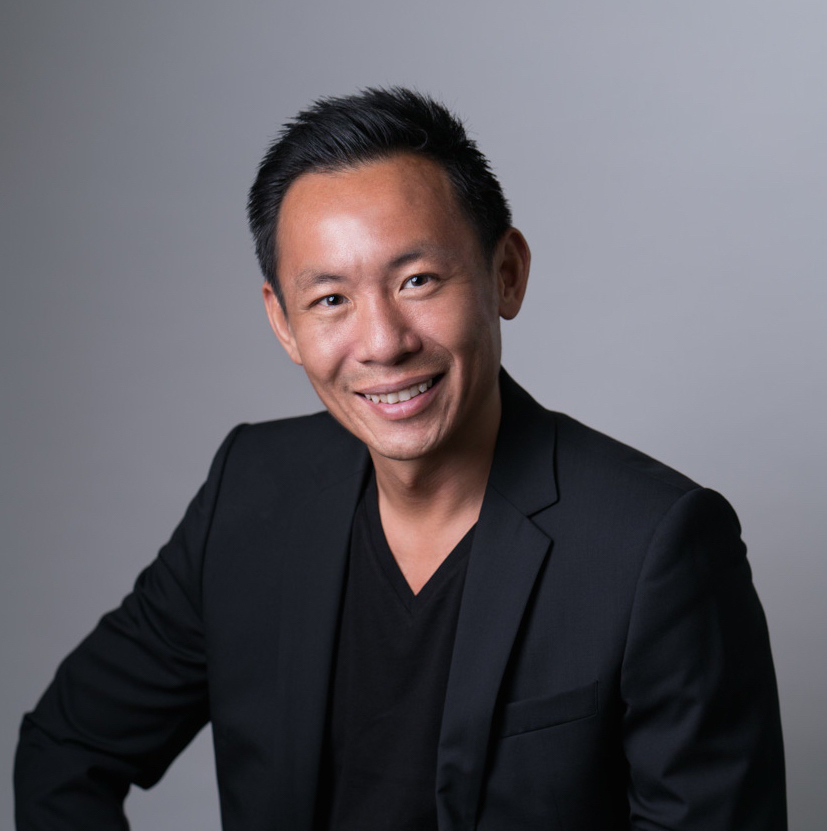
In Conversation with Fabian Muir

I was born in Melbourne, and came to Sydney as a child after my mother Elke Neidhardt was appointed resident director with what then the Australian Opera. Between her, her long-term partner Norman Kaye, and my ABC director father, I was given such a solid cultural upbringing that my idea of rebellion was to study law at Sydney University.
Photography and writing were always the true loves, however, and I’ve been lucky to be able to pursue these instead of the law, finding a particular niche in the vast expanse of the 15 countries of the former Soviet Union. I’ve lived in Spain, France, Lithuania and Estonia, but my strongest European connection is to Germany, where I spent 15 years.
Who or what inspires you?
I’m inspired by anyone who is trying to put something worthwhile into this world rather than just take from it. It’s tempting to focus on arts and culture here, but I’m even more amazed by unsung people who get out there and work for NGOs, charities, health or the environment.
In photography, I think Magnum still sets the standard for showing us the world in humanistic and sometimes humorous ways – Trent Parke, Jonas Bendiksen, Martin Parr, Elliot Erwitt are favourites. Newsha Tavakolian is going to be a hugely important voice in a changing Middle East and will hopefully inspire a wave of women photographers there. Otherwise Sebastião Salgado and Nick Brandt also spring to mind for absolutely vital work. I’m easily bored by people who snap celebrities or do arty studies of pavement cracks.
How did you get your first break in Documentary Photography?
I never went to a photography school and was writing before I took pictures, so my first break came when offered a role as correspondent for Black + White Magazine when living in Spain straight out of university. This suddenly immersed me in a photography world I hadn’t known existed. My own documentary practice crept up on me later when documenting the Soviet Union. I was passionately taking pictures there of course, yet it came as a surprise when an editor one day asked whether I had any images to go with a piece on Belarus – suddenly publications started running my pictorials as well. By degrees I shifted more and more towards the photo side, although I still love writing. The third important stage came some years later when a mutual friend suggested I have dinner with Michael Reid and his wife during their first ever trip to Berlin – there was an immediate connection and I subsequently became attached to his gallery.
Tell us what you are currently working on, specifically your work in North Korea?
I’ve just completed a two-year project on North Korea and am preparing exhibitions and a photo book. When I first went there I thought it would be provide some pictures and an article, but it quickly became apparent that the country is incredibly layered, particularly when it comes to the human side. I ended up going there five times to conduct a survey spanning every corner currently open to foreigners. Unfortunately many photographers go there just once and spend all their time in Pyongyang, which doesn’t teach them much about the country at large.
Travel in North Korea is closely controlled. Photography is difficult because you can’t make your own decisions or wander, and you run on your Korean guides’ timetable. But if you relax, engage with locals as much as possible and explore regions away from the capital, you can find special moments and get a good sense of the country, confirming some clichés, but debunking many others in the process.
I’ve come to realise that some media outlets consider the classic tale of military parades, famine and a zombified population a much easier sell than the idea that any kind of normal life might be going on there. Being so cut off, locals do live in a time capsule in many respects, but your average street-level North Korean is a nice and dignified person, who enjoys a swim or a picnic, a laugh and a beer. It’s far too simplistic to throw the entire people in with the politics. These and other discoveries have made it a fascinating project.
Away from all that, I’m finally sorting through my back catalogue of Soviet images, while also working on a fine art series entitled ‘Urban Burqa’, which will be the sequel to a 2013-14 series ‘Blue Burqa in a Sunburnt Country’. Both series address immigration and assimilation.
What advice can you give to aspiring Documentary photographers?
With diminishing budgets, stock photography, citizen journalism and editors trying to get free contributions, a documentary photographer has to do it for love first and money second. You must be truly passionate about photography and its importance, and hopefully this will flow into your images and a career.
Look closely at the work of the many excellent photographers out there, understand why it touches you (or not), then feel your way into a visual language of your own. Don’t worry about what gear you’re using – it’s your eye that counts. Get constant feedback from people who know what they’re talking about and who will be brutally honest with you. If you haven’t already done so, start consciously thinking about photography in terms of bodies of work, story-telling and art; I fervently believe that ‘documentary art’ is a valid and important genre.
In practice, find long-term projects that are important to you, since that will bring out your best. Research in depth and form an opinion, but remain open to having that opinion changed. Treat your subjects with respect. Try to learn foreign languages; photography has so much to do with communication and relationships that there is no substitute for speaking the local language. Most importantly: just get out there and shoot – even a Leica can’t take the pictures for you.
Share it around…






